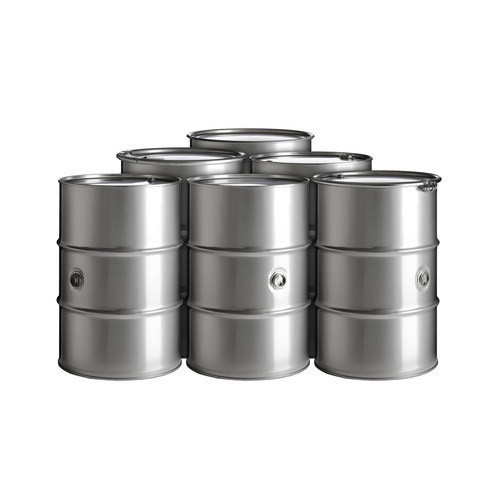Hexahydro Phthalic Anhydride
Product Details:
- Physical Form Powder
- Product Type Hexahydro Phthalic Anhydride
- Molecular Weight 154.16 Kilograms (kg)
- CAS No 85-42-7
- Usage It has a role as an allergen
- Purity 99%
- Click to View more
Hexahydro Phthalic Anhydride Product Specifications
- 154.16 Kilograms (kg)
- Hexahydro Phthalic Anhydride
- Powder
- It has a role as an allergen
- 85-42-7
- 99%
Hexahydro Phthalic Anhydride Trade Information
- Central America Asia Australia South America Western Europe Middle East Eastern Europe North America Africa
- All India
Product Description
One of the advantages of HHPA is its low toxicity and low volatility, which makes it a safer alternative to other phthalic anhydride derivatives. It also has a low melting point, which makes it easier to handle and process in industrial applications. However, it has a relatively high viscosity, which may require heating to facilitate mixing and processing.
FAQ
1. What is Hexahydro Phthalic Anhydride (HHPA)?
Ans - HHPA is an organic compound used to produce polyester fibers, plastics, paints, and resins. It is a colourless, odourless liquid with a boiling point of 285 Deg C.
2. How is Hexahydro Phthalic Anhydride produced?
Ans - HHPA is typically produced through a reaction between phthalic anhydride and cyclohexanol. This reaction is usually done in the presence of sulfuric acid as a catalyst.
3. What are some of the uses of Hexahydro Phthalic Anhydride?
Ans - HHPA is widely used in the production of polyester fibers, plastics, paints, and resins. It is also used as a fuel additive, a food additive, and an intermediate in organic synthesis.
4. Are there any safety concerns associated with Hexahydro Phthalic Anhydride?
Ans - Yes, HHPA is a combustible liquid and harmful if inhaled or ingested. It can irritate the eyes and skin and cause respiratory issues. It is recommended to always wear protective gloves, clothing, and eye protection when handling this product.

Price:
- 50
- 100
- 200
- 250
- 500
- 1000+
Other Products in 'Phthalic Anhydride Chemicals' category
 |
NOVEL CHEM
All Rights Reserved.(Terms of Use) Developed and Managed by Infocom Network Private Limited. |






